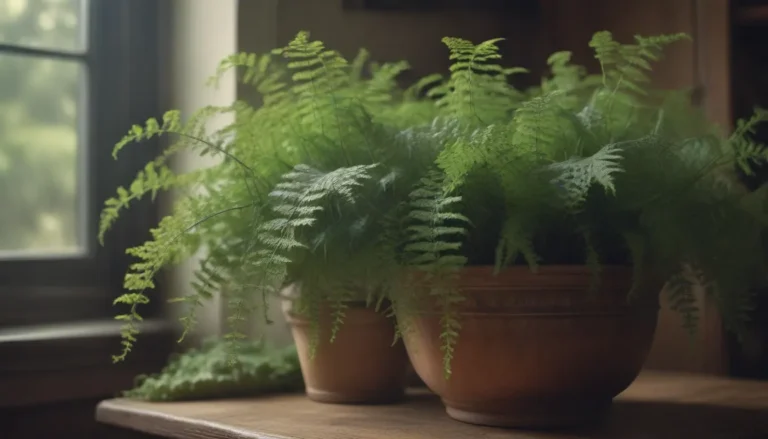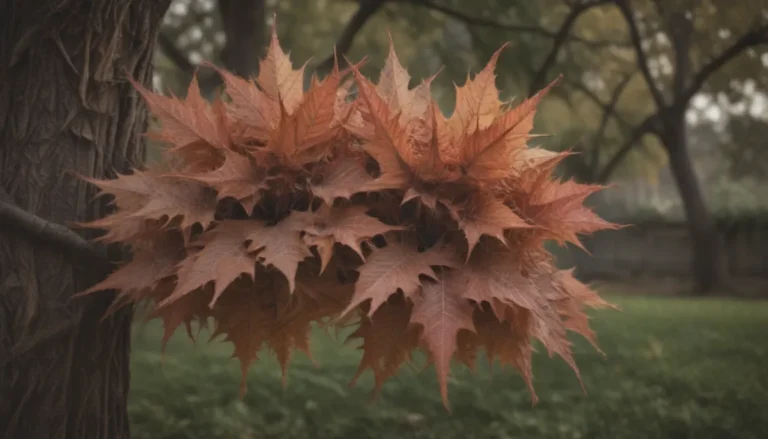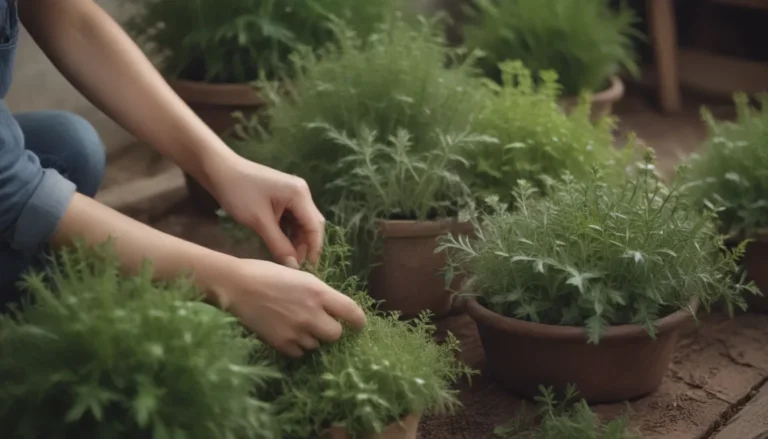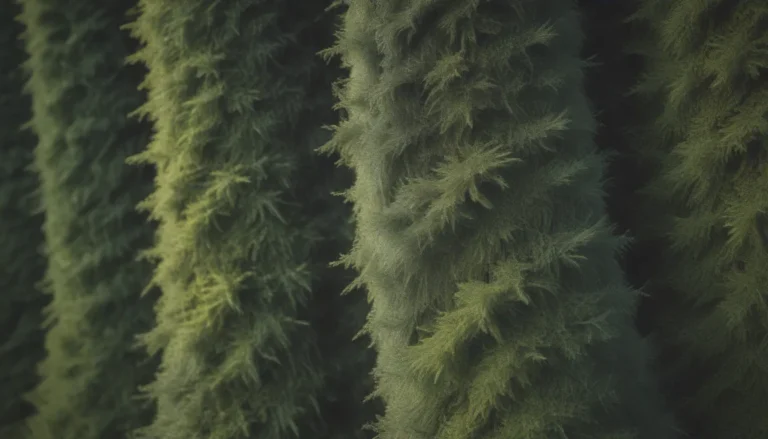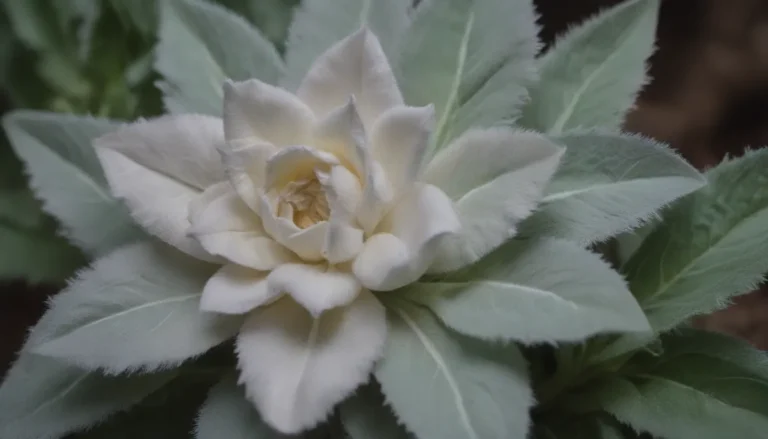The Ultimate Guide to Growing and Caring for Japanese Painted Ferns
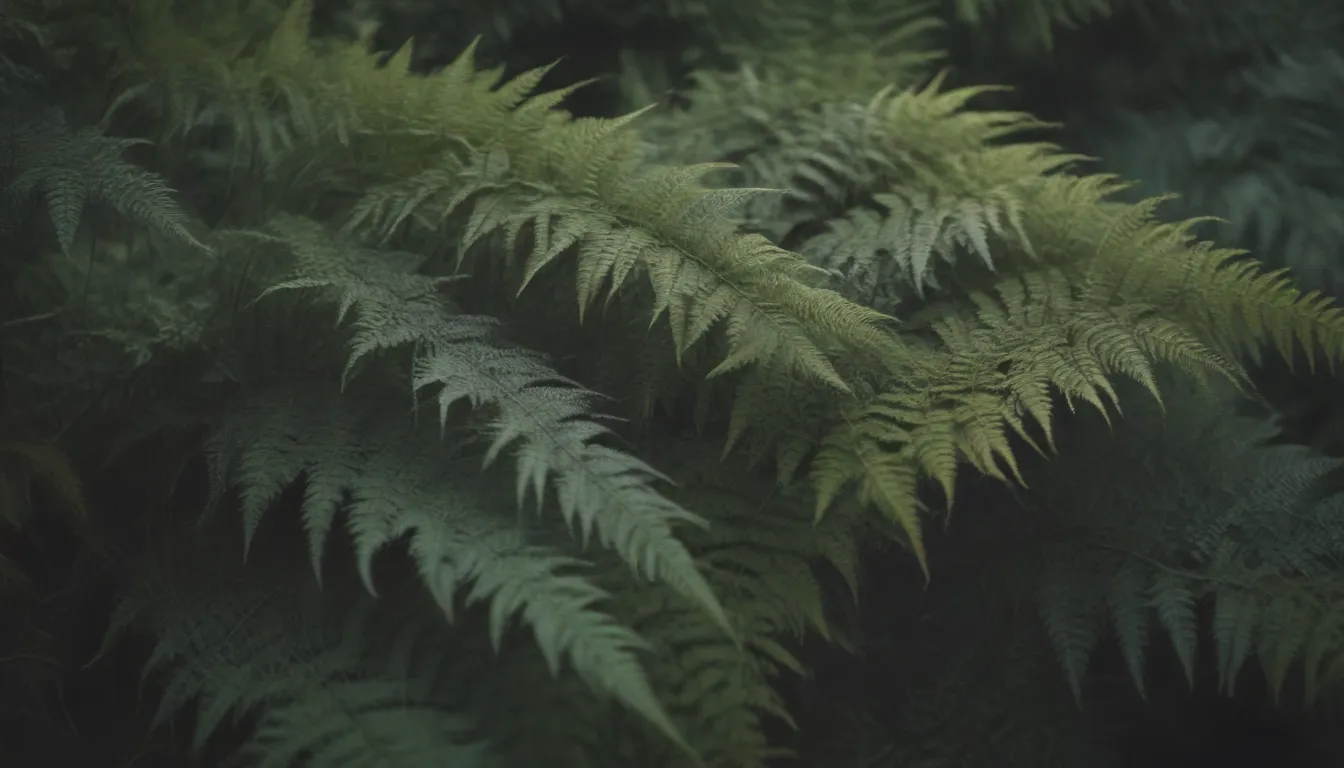
If you’re looking to add a touch of colorful foliage to your garden, look no further than the Japanese painted fern. This unique plant is a vibrant addition to any landscape, with its triangular, silvery fronds that display shades of grayish-green and purplish midribs. In this comprehensive guide, we will explore everything you need to know about growing and caring for Japanese painted ferns.
Getting Started with Japanese Painted Ferns
Japanese painted ferns are known for being low-maintenance plants that thrive in acidic soil and deep shade. Here are some key elements to keep in mind when caring for these beautiful ferns:
- Propagation: Japanese painted ferns spread slowly through rhizomes, making them easy to divide and multiply. This can be done in the spring to create new plants for your landscape.
- Light: While Japanese painted ferns can tolerate partial or full shade, they tend to display their best color when grown in partial shade.
- Soil: Ensure that your ferns are planted in soil with excellent drainage to prevent root rot and fungal diseases.
- Water: Keep the soil evenly moist, especially during the heat of summer to avoid browning on the fronds.
- Temperature and Humidity: Japanese painted ferns prefer moderate temperatures between 55 to 80 degrees Fahrenheit and humidity levels of 40 to 60 percent.
- Fertilizer: While occasional organic amendments like manure tea can help nourish the soil, additional fertilization may not be necessary. If using commercial fertilizers, apply a balanced fertilizer in the spring.
Types of Japanese Painted Ferns
There are several varieties of Japanese painted ferns to choose from, each offering a unique appearance to your garden:
- “Wildwood Twist”: This variety features a twisted frond structure that adds a whimsical touch to your landscape.
- “Burgundy Lace”: Known for its deep burgundy hues, this fern adds a bold splash of color to any garden.
- “Pictum”: With its striking silver and purple fronds, this variety is a popular choice for adding contrast to shady areas.
Pruning and Propagating Japanese Painted Ferns
Pruning is not necessary for Japanese painted ferns to thrive, but removing dead or diseased fronds can help maintain the plant’s health. If you wish to propagate your ferns, division is the easiest method to increase your plant collection:
- Propagating: Divide mature plants in the spring by carefully pulling apart the roots and planting the sections in desired locations. Water thoroughly to help them establish in their new environment.
Common Pests and Plant Diseases
Fortunately, Japanese painted ferns are relatively pest-resistant, but there are a few issues to watch out for:
- Pests: Snails or slugs may nibble on the fronds, which can be remedied by hand removal and treatment with neem oil. Creating barriers with mulch or rocks can help prevent further pests.
- Diseases: Overly moist soil can lead to fungal issues and root rot, so ensure proper drainage to avoid these common problems.
Overwintering and Care Tips
Japanese painted ferns are deciduous and will die back in the winter, but they will return in the spring with renewed vigor. Here are some additional care tips to keep your ferns healthy:
- Seasonal Changes: Expect some color loss during the transition from spring to summer, as the fronds may become greener. Prune any dead fronds for aesthetic purposes.
- Watering: Mulching around the plants can help retain moisture and prevent browning due to lack of water.
- Longevity: Japanese painted ferns can live up to five to six years and are easily divided to continue their legacy in your garden.
In conclusion, Japanese painted ferns are a beautiful and low-maintenance addition to any garden. With their vibrant foliage and easy care requirements, these ferns are sure to brighten up your landscape. Whether you’re a seasoned gardener or a beginner, growing and caring for Japanese painted ferns is a rewarding experience that will enhance the beauty of your outdoor space. So, why not add a splash of color to your garden with these stunning ferns? Your landscape will thank you for it!
